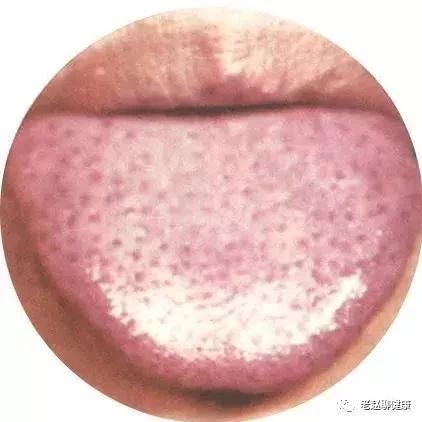Tongue diagnosis, also known as observing the tongue, is one of the important methods for understanding the physiological functions and pathological changes of the body through observing the changes in tongue appearance.
During tongue diagnosis, observation is conducted in the order of tip – middle – root – sides. First, observe the tongue body, then the coating, for about 30 seconds. If the diagnosis is unclear after one observation, rest for 3-5 minutes and observe again.
Below are some commonly seen tongue coating color charts that may be helpful.
Tongue Shape and Surface
1
Red spots on the tongue – Internal heat accumulation
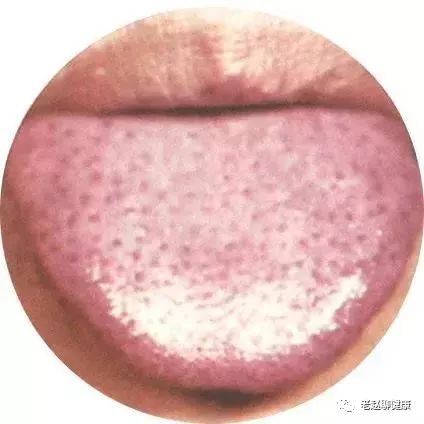
Red spots or prickles on the tongue indicate excessive internal heat.
Red spots or prickles on the tip, middle, and sides of the tongue represent excessive heart fire, gastrointestinal heat, and liver-gallbladder fire, respectively.
2
Cracked tongue – Deficiency of essence and blood
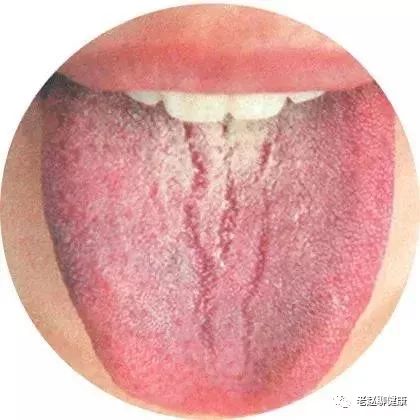
Cracks on the tongue are generally not covered by coating, indicating deficiency of essence and blood.
A white coating with cracks indicates essence and blood deficiency; a crimson and dry tongue with cracks indicates heat damaging body fluids.
3
Teeth marks on the tongue – Yang deficiency
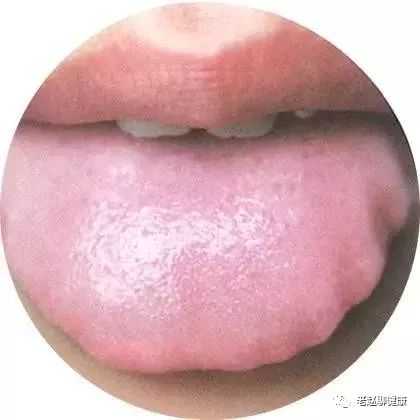
A pale tongue body and pale coating indicate spleen and kidney Yang deficiency, with internal dampness and phlegm.
This tongue appearance is very soft, indicating Yang deficiency and a decline in physical strength.
4
Pale white tongue – Internal deficiency of Yang
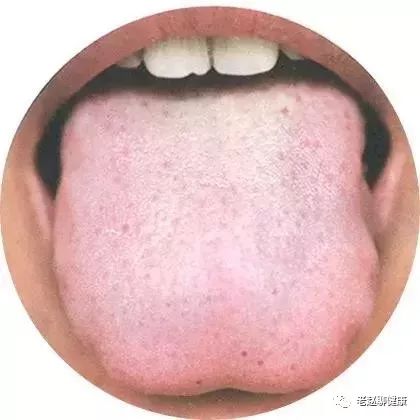
A pale and plump tongue is caused by Yang deficiency; a pale and thin tongue is due to deficiency of Qi and blood.
A pale tongue indicates a deficiency syndrome and cold syndrome.
5
Red tongue – Presence of pathogenic heat
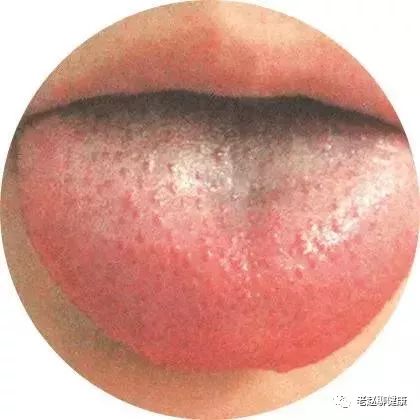
A red tip with prickles indicates heart fire; a red tongue with a yellow and dry coating indicates internal excess heat; a red tongue with little or no coating indicates Yin deficiency with internal heat.
This indicates a primary heat syndrome, possibly due to excessive internal heat accumulation, while also observing if there are red spots on the tongue surface.
6
Crimson tongue – Significant pathogenic heat
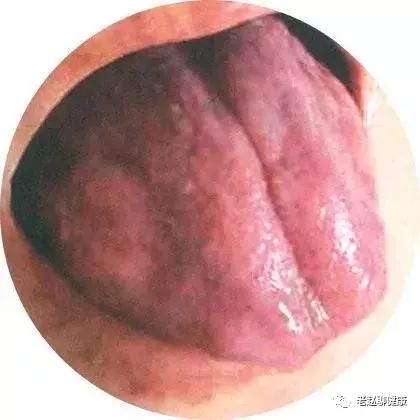
A red and dry tongue with prickles or cracks indicates intense internal heat; a red and smooth tongue without coating indicates exhaustion of stomach and kidney Yin.
This tongue appearance reflects deep-seated heat invading the blood, usually indicating depletion of body fluids, with deeper colors indicating more severe heat and symptoms.
7
Purple tongue – Poor blood circulation
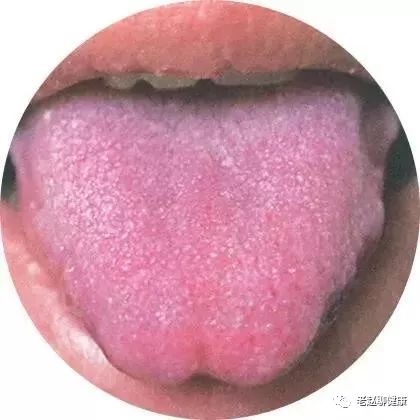
A bluish-purple tongue indicates poor blood circulation. A purple tongue with a reddish hue may indicate excessive internal heat.
Cold syndrome, heat syndrome, or blood stasis syndrome may present this tongue appearance, primarily caused by poor blood flow.
Tongue Size
1
Swollen tongue – Internal cold deficiency
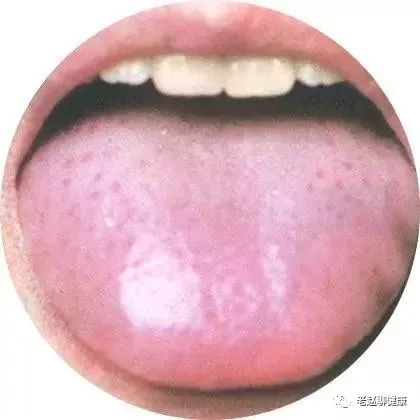
Pay attention to the color of the tongue, the coating, and whether there are red spots, etc.
A yellow coating often indicates excessive heart and spleen heat; a swollen tongue with a dark purple color often indicates blood stasis obstructing the channels.
2
Swollen pale tongue – Weak Yang
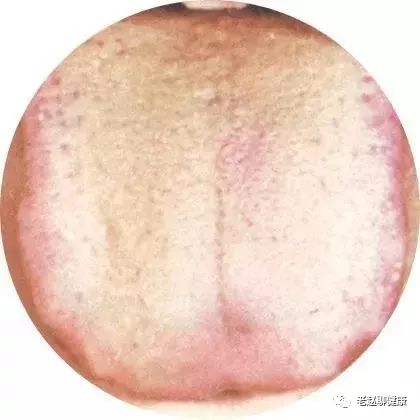
Due to weak Yang, the warming and promoting functions are affected, leading to reduced fluid distribution, resulting in a swollen and pale tongue.
A swollen pale tongue indicates weak Yang and retention of dampness.
3
Thin red tongue – Nutritional deficiency
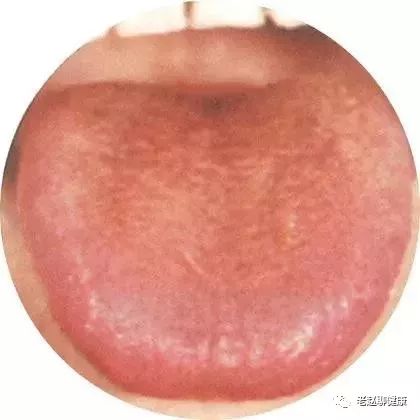
A red tongue indicates internal heat or inflammation, with prolonged heat damaging body fluids and depleting nutrition.
A thin tongue is evidence of nutritional and fluid deficiency.
4
Thin pale tongue – Deficiency of Qi and blood
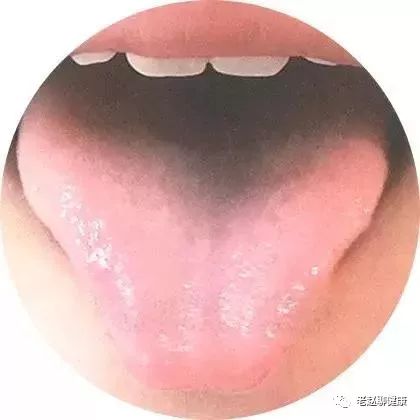
A thin pale tongue with noticeable coating often accompanies mild colds or digestive issues, indicating a weak constitution.
This primarily reflects a pathological state of Qi and blood deficiency and malnutrition.
5
Old tongue – Confrontation of righteous and evil
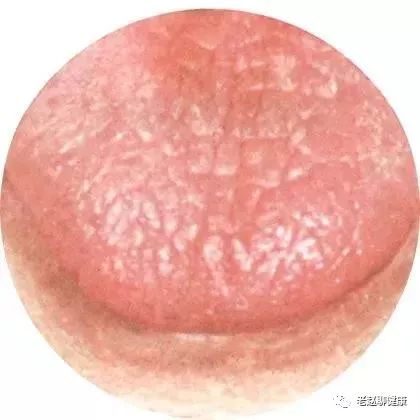
The coating color is yellowish-white or gray-black, often indicating excess syndrome or heat syndrome.
An old tongue is commonly seen in the stage of confrontation between righteous and evil, where the pathogenic Qi is strong, but the body’s resistance is also robust.
6
Tender tongue – Low metabolic function
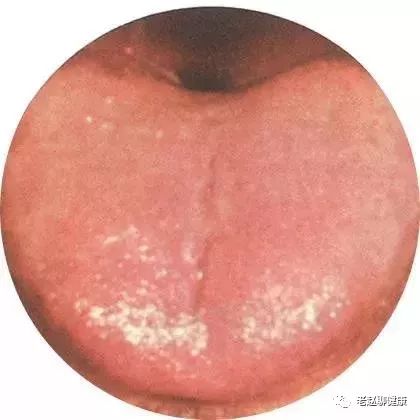
This often indicates deficiency syndrome, cold syndrome, or damp syndrome.
Weak internal organ function, low nutritional metabolism, and weakened immunity are often seen in sub-healthy individuals.
Coating Thickness
1
Thin coating – Mild condition
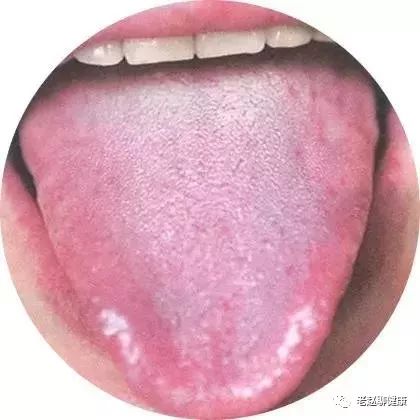
A thin white coating and a light red tongue are normal tongue appearances; a thin yellow coating primarily reflects the initial pathological characteristics of heat syndrome.
This indicates a normal tongue coating or an early stage of disease, or shows a mild condition.
2
Thick coating – Gastrointestinal accumulation
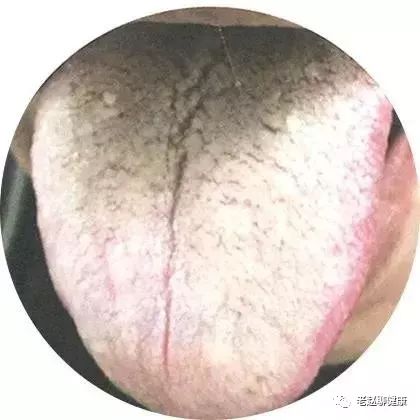
If the tongue is red with a yellow, thick, and dry coating, it indicates excessive heat damaging Yin; if it is a pale red tongue with a thick, white, greasy coating, it indicates phlegm, dampness, or food stagnation.
This indicates a progression from mild to severe condition or gastrointestinal accumulation.
3
Dry coating – Damage to body fluids from vomiting and diarrhea
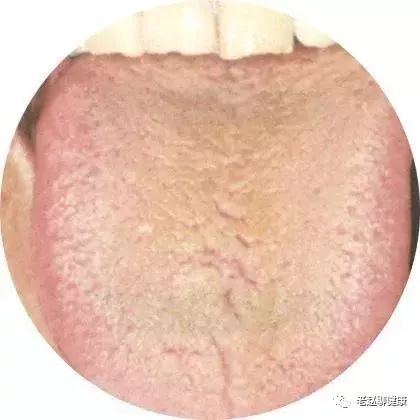
If the coating is only dry and white, it indicates poor circulation of body fluids; if the coating is dry and yellow, it indicates intense stomach heat damaging body fluids; if the coating is dry and black, it indicates extreme heat damaging Yin.
This generally indicates high fever and damage to body fluids from vomiting and diarrhea. Also, pay attention to the color of the tongue itself.
4
Rough coating – Deficiency of body fluids
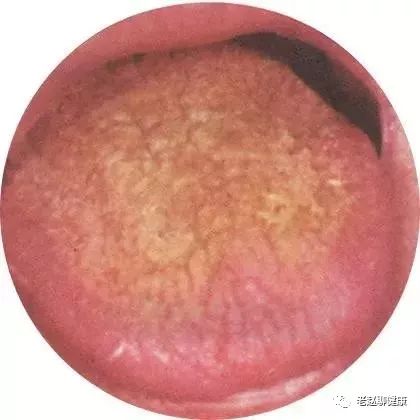
If the dryness in the body becomes severe, it raises concerns about chronic diseases such as hyperlipidemia and diabetes, and individuals with asthma may experience difficulty breathing.
This indicates severe deficiency of body fluids.
5
Slippery coating – Mental fatigue
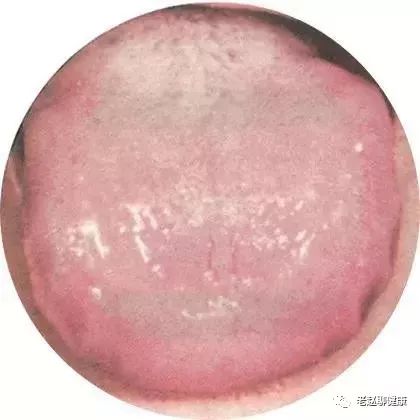
If the body is easily fatigued, mentally exhausted, and lacking energy, it indicates a state of various functional declines and reduced immunity.
This indicates deficiency syndrome and cold syndrome. Also, pay attention to the size of the tongue and the teeth marks on the edges.
6
Greasy coating – Accumulation of dampness and turbidity
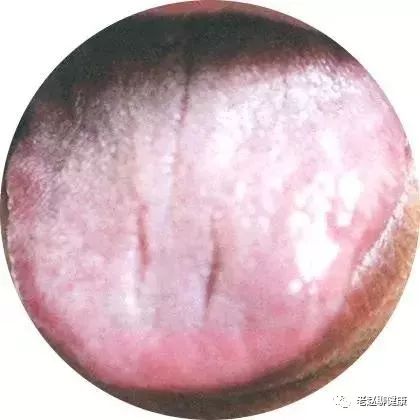
A white coating on the tongue that adheres to the surface indicates internal cold and dampness; if the coating is yellow, it indicates internal dampness or phlegm turbidity transforming into heat.
This indicates accumulation of dampness and turbidity, with Yang Qi being restrained, primarily indicating phlegm dampness and food accumulation.
7
Putrid coating – Excessive internal heat
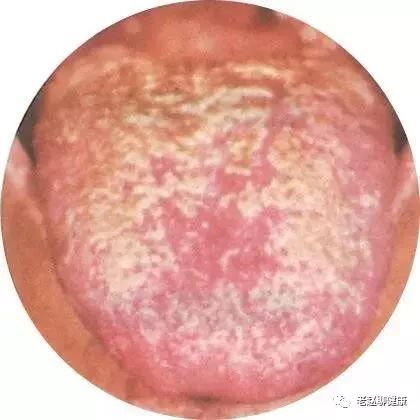
Be cautious of discomfort and infections caused by overeating.
Putrid coating is often associated with heat syndrome, indicating food accumulation and phlegm dampness.

